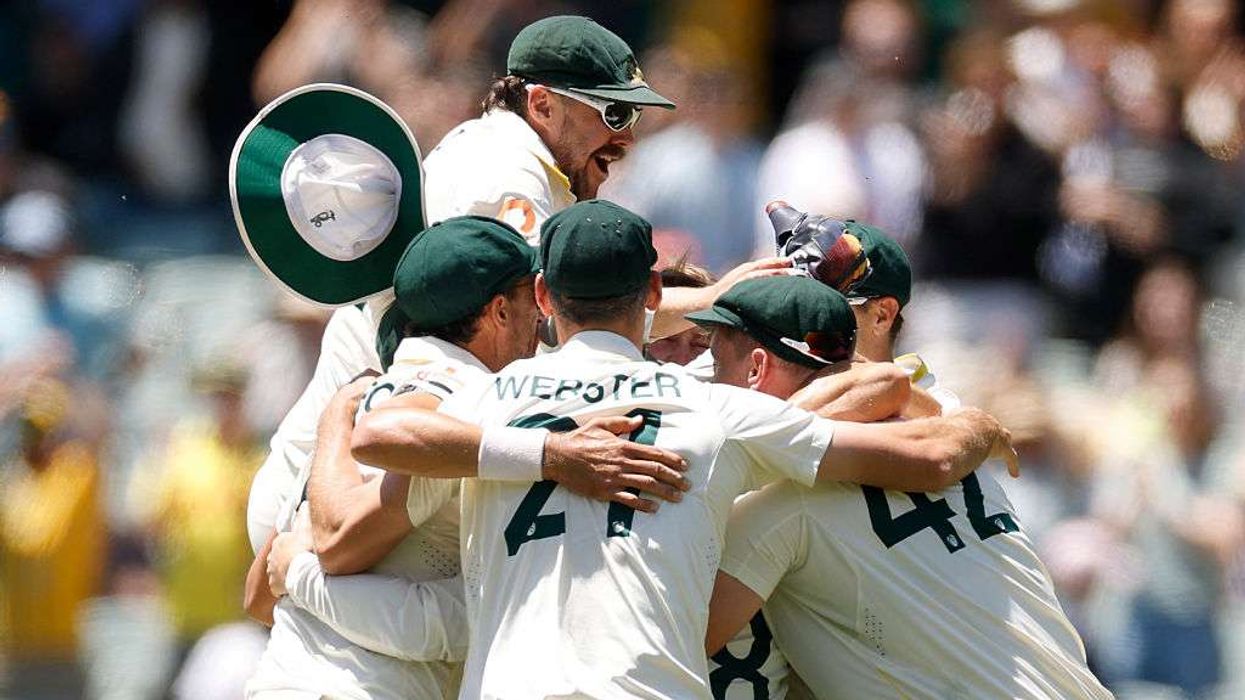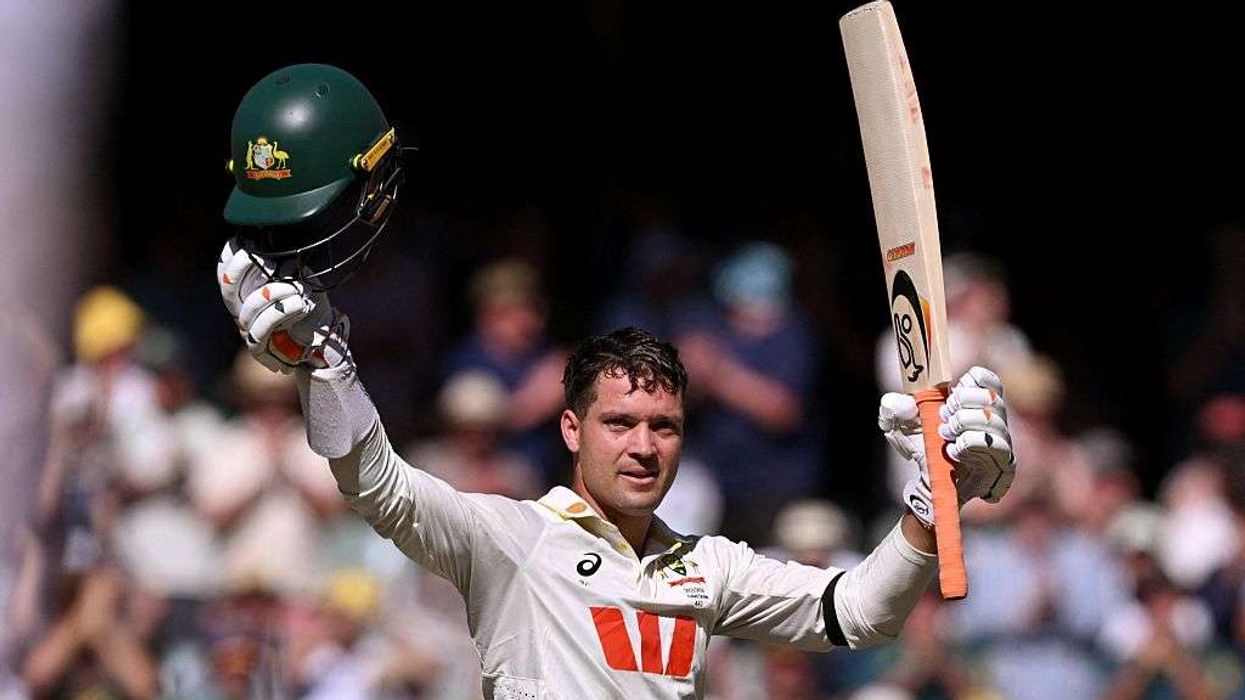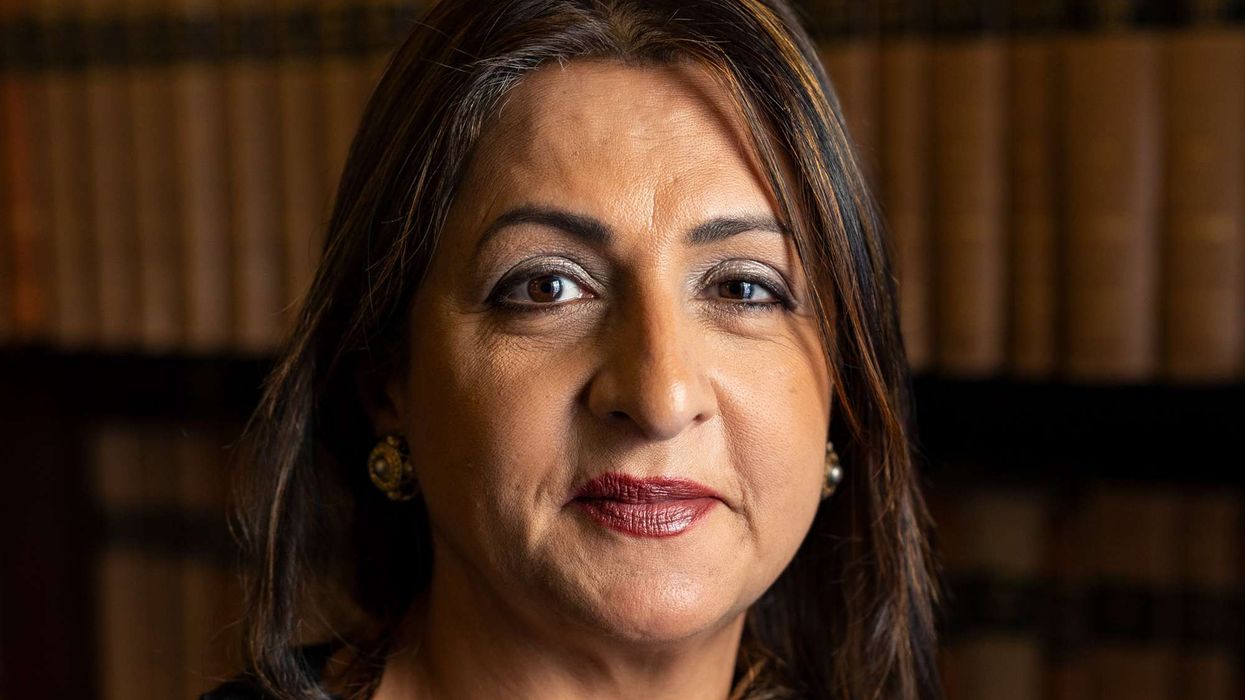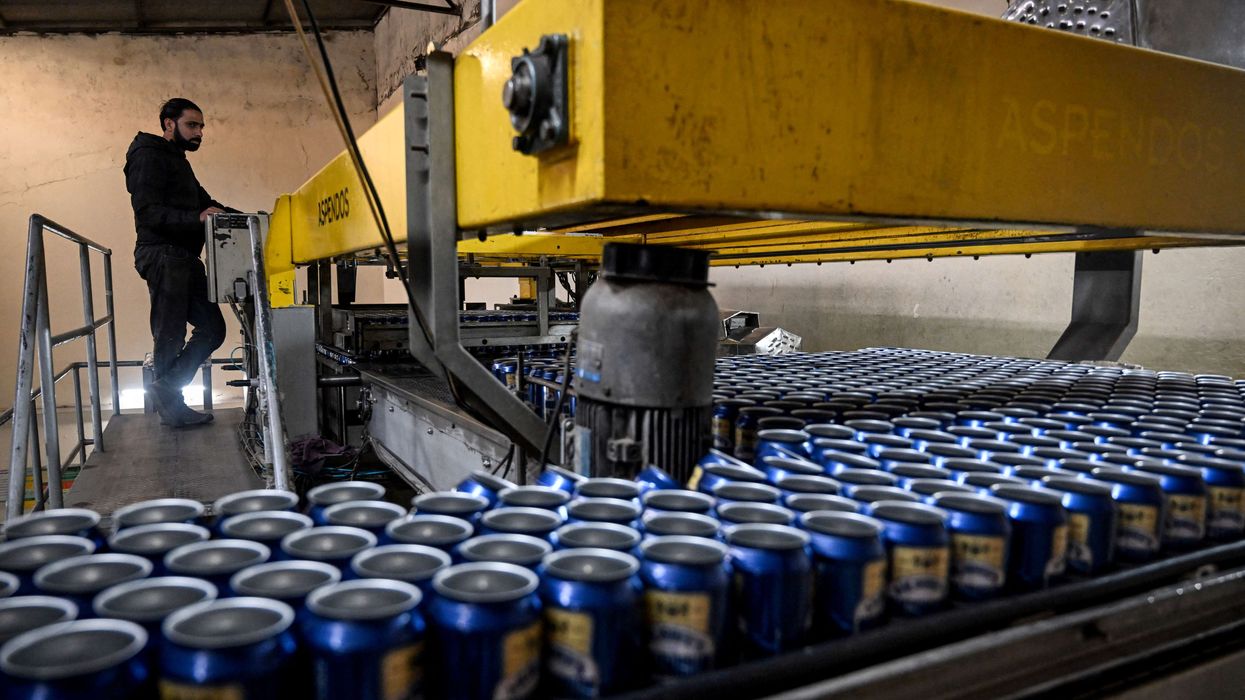INDIAN cricketer Rohit Sharma on Monday (16) said it has been tough to watch the world coming to a standstill because of the COVID-19 pandemic.
He advised people to proactively fight the crisis by reporting to doctors when they experience any symptoms.
The 32-year-old batsman posted a video message on his official Twitter handle.
"Last few weeks have been tough for all of us and the world has come to a standstill which is very sad to see," said Rohit.
"The only way we can come to normalcy is by all of us coming together. We can do this by being a little smart, a little proactive, knowing our surroundings and as and when we get any symptoms inform your nearest medical authorities,” he said.
Rohit also commended the efforts of doctors and the medical professionals who have risked their lives to treat those infected.
"I appreciate the efforts of all the doctors and the medical staff across the world who have put their lives on risk while taking care of the people who have tested positive with coronavirus."
"Last, but not the least, my heart goes out for people who have lost their lives and their families. Take care, be safe," he added.
The virus outbreak has led to either cancellation or postponement of all sports events across the world.
India's series against South Africa was called off as was Australia's ODI matches against New Zealand.
The upcoming edition of the Indian Premier League (IPL), which was due to start on March 29, has been suspended till April 15.












